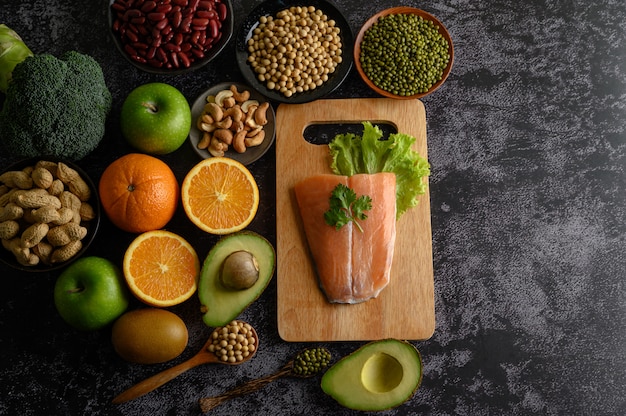The Ultimate Weight Loss Roadmap: Boost Metabolism & Track Progress with Proven Checklists
Losing weight isn't just about eating less or moving more—it's about creating sustainable habits that support a faster metabolism and consistent progress. For weight-loss seekers, confusion often arises from conflicting advice, unrealistic expectations, and lack of structure. That’s why a clear, actionable checklist system is essential.
This comprehensive guide provides a step-by-step checklist framework designed to boost your metabolism, enhance fat loss, and help you track real progress—day by day, week by week.
Why Checklists Work for Weight Loss
Checklists create accountability, reduce decision fatigue, and turn abstract goals into measurable actions. When you're aiming to lose weight, small daily choices add up. A structured system ensures you stay on track even when motivation dips.
By focusing on metabolic health—how efficiently your body burns calories—you create long-term results rather than short-term fixes.
Phase 1: Metabolic Reset (Weeks 1–2)
Start by laying the foundation for a healthier metabolism. These initial steps prepare your body to burn fat more efficiently.
Daily Checklist:
- Drink at least 8 glasses (2 liters) of water
- Eat protein with every meal (eggs, chicken, tofu, Greek yogurt)
- Include fiber-rich vegetables in two meals
- Walk for 20–30 minutes
- Sleep 7–8 hours nightly
- Avoid sugary drinks and processed snacks

Weekly Progress Check:
- Track morning weight (same time, same conditions)
- Take body measurements (waist, hips, chest)
- Rate energy levels on a scale of 1–10
- Review completed checklist days (aim for 5+)
Phase 2: Metabolism Acceleration (Weeks 3–6)
Now that your body is adapting, it’s time to increase metabolic demand through targeted nutrition and activity.
Daily Checklist:
- Maintain hydration (2–2.5 liters)
- Consume 20–30g of protein within 30 minutes of waking
- Eat 3–5 servings of colorful vegetables
- Include healthy fats (avocado, nuts, olive oil)
- Do 15 minutes of strength training or bodyweight exercises
- Add 1–2 sessions of high-intensity interval training (HIIT) weekly
- Limit eating window to 10–12 hours (e.g., 8 AM–8 PM)
Weekly Progress Check:
- Compare weight and measurements to baseline
- Monitor clothing fit (looser around waist?)
- Assess sleep quality and recovery
- Log workout consistency and intensity

Phase 3: Sustained Fat Loss & Maintenance (Weeks 7+)
At this stage, your metabolism is primed. Focus shifts to maintaining momentum and preventing plateaus.
Daily Checklist:
- Stick to consistent meal timing
- Continue strength training 3x/week
- Stay active throughout the day (10k steps or equivalent)
- Practice mindful eating (no distractions, chew slowly)
- Include one metabolism-boosting food daily (green tea, chili peppers, lean meat)
- Monitor stress levels and practice relaxation (deep breathing, walking, journaling)
Weekly Progress Check:
- Reassess body composition (scale + tape measure)
- Take progress photos (front, side, back)
- Review food log for hidden calories or emotional eating
- Adjust calorie intake if weight loss stalls for 2+ weeks
Bonus Tips to Supercharge Metabolism
- Stay Consistent: Metabolic changes take time. Stick with the plan for at least 6–8 weeks.
- Build Muscle: Muscle tissue burns more calories at rest. Prioritize resistance training.
- Manage Stress: High cortisol levels can increase fat storage, especially around the abdomen.
- Don’t Skip Meals: Regular eating signals your body to maintain energy expenditure.
- Get Sunlight: Morning light helps regulate circadian rhythm, which influences metabolism.
Final Thoughts
Weight loss isn’t a one-size-fits-all journey, but structure makes success more predictable. By following these phased checklists, you’re not just losing weight—you’re building a metabolically efficient body capable of sustaining long-term health.
Track your progress, celebrate small wins, and adjust as needed. The key is consistency, not perfection.

















